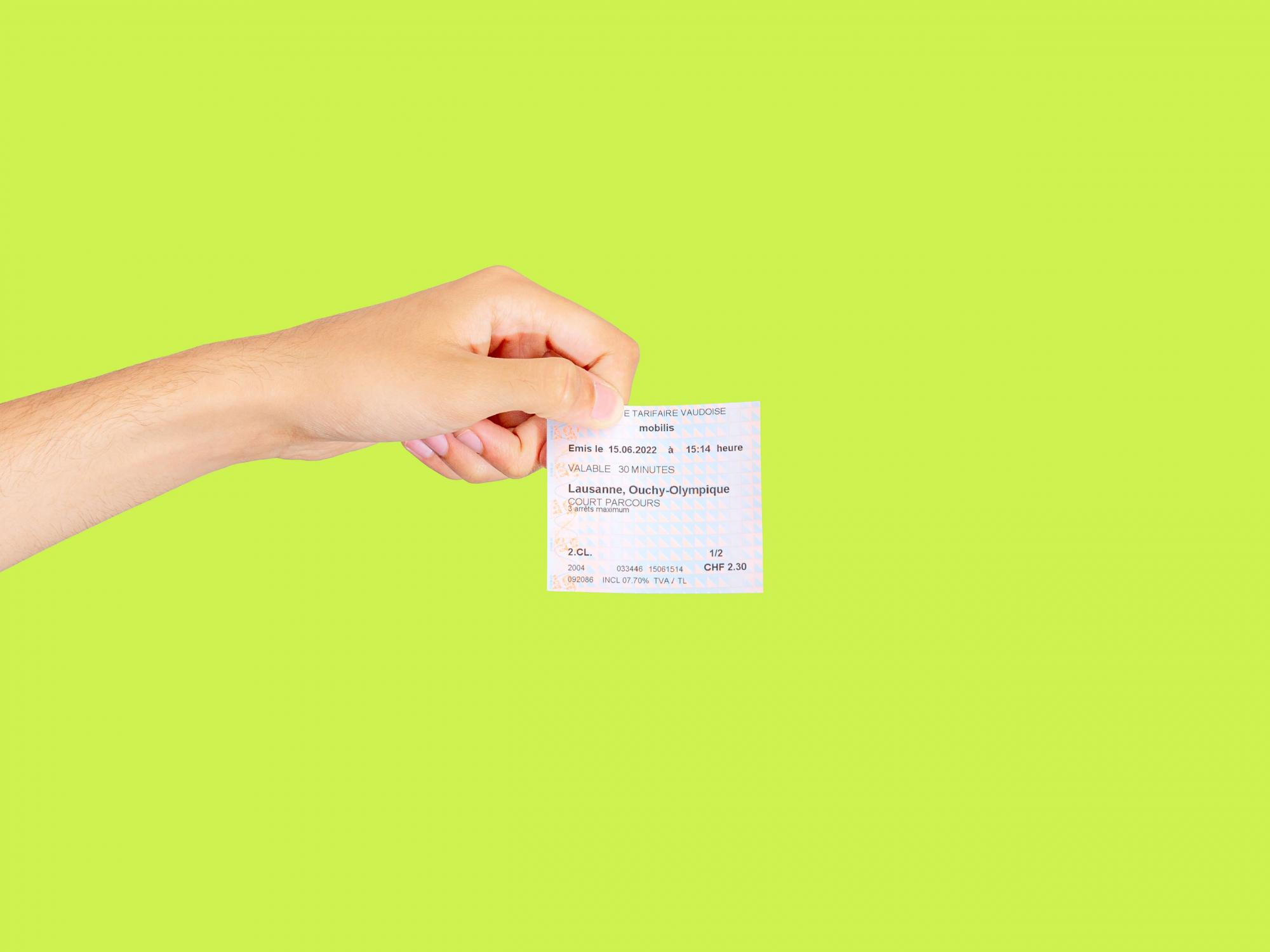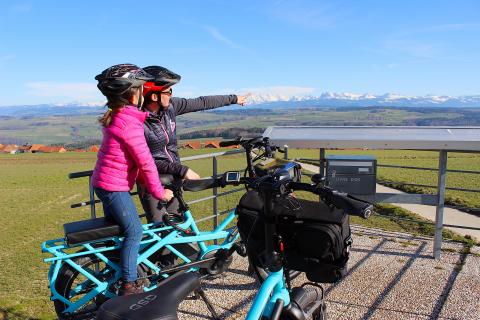To provide you with the best web experience, we use cookies and tracking technologies in accordance with our Privacy Policy. See more

Sustainable transport
- Home
- Practical information
- Sustainable transport
- Home
- Practical information
- Sustainable transport
Indeed, what better way to fully enjoy nature’s breathtaking panoramas than on foot or by bike? How to reach the steep peaks above Lake Geneva other than by cog train? How to connect the various lake shores unless by boat?
Today's offer includes top-quality marked itineraries as well as efficient urban and tourist transport that sometimes holds lovely surprises in store for travellers.
Thanks to its situation, history and topography, the canton of Vaud is one of the first regions of Switzerland where an efficient rail network was installed. As means of transport and tourist attractions, trains and buses allow travellers to enjoy their journey as much as the destination.
Switzerland and trains: a great love story. This is also the case in the canton of Vaud, whose scenery accompanies rail journeys. Be at the lakeside, in the mountains or the countryside, the region is one of the best served in Switzerland.
After connecting the major towns in the middle of the 19th century, the railways and bus networks started focusing on the mountain regions to meet the needs of tourism. Some of the canton of Vaud’s charming tourist trains, including Belle-Epoque trains, are from that period. But the most famous journey is certainly the one from Zurich to Geneva. Coming out of a tunnel at the village of Chexbres, the train suddenly reveals a breathtaking view of Lake Geneva, the Lavaux vineyards (a UNESCO World Heritage site) and the Alps. Travellers are said to discard their return ticket at this spot...
As a key to unlimited travel with these means of transport, the Swiss Travel Pass is reserved for foreign travellers, allowing them to travel about 29,000 kilometres on train, bus and boat lines. For stays limited to the canton of Vaud, the Regional Pass is an ideal alternative.
Although the Vaudois towns are of human size and pleasant to take a stroll in, there are sometimes great differences in height. Buses therefore make your journeys easier. This is the case in Lausanne, which boasts Switzerland’s only subway - on tyres and the world’s steepest!
The larger towns of the canton of Vaud (Lausanne, Montreux, Vevey, Nyon, Morges, Yverdon-les-Bains and Aigle) have an efficient urban transport system.
In Lausanne, transport users travel from the shores of Lake Geneva the to historic city centre and to the quarters located higher up, all thanks to an automatic metro on tyres that is unique in Switzerland and the world. Indeed, due to Lausanne’s topography, the metro line sometimes presents steeper slopes than anywhere else.
Trains, subways and buses: the Lausanne transport network is perfectly connected to facilitate mobility. Visitors arriving by car are encouraged to leave their vehicle in a park-and-ride facility on the outskirts of the city and to use public transport to discover Lausanne.
Late at night, when buses and the metro no longer run, night taxibuses allow you to get back home from the 12 major TL stops of greater Lausanne.
As a region of lakes and rivers, the canton of Vaud has been using these aquatic surfaces since the Belle-Epoque, thanks to the foundation of shipping companies operating on Lake Geneva, Lake Neuchâtel and Lake Joux.
Used as an indispensable means of transport by lakeside residents, the boats sailing on the Vaudois lakes are also tourist attraction. On Lake Geneva, the company CGN has Europe’s largest Belle-Epoque fleet, which is classified as a historical monument. These eight ships, which date from the beginning of the 20th century, set the stage for picturesque, gourmet, theme or private cruises. The CGN’s modern fleet allows you to cross the lake between France and Switzerland at three distinct locations: Lausanne and Evian or Thonon-les-Bains, as well as Nyon and Yvoire. On Lake Geneva, the boats run daily, but on a reduced timetable in winter.
In the north of the canton lies the three-lake country between Lake Neuchâtel, Lake Bienne and Lake Morat. A highly appreciated cruise takes you from one lake to another, with a break in the spa town of Yverdon-les-Bains. A beautiful steam boat called “Neuchâtel” is the star of the NML company, whose fleet only runs during the summer season.
Located at an altitude of 1,000 m, Lake Joux is one of Switzerland’s most beautiful mountain lakes. Used by many sportspeople in summer, it is closed to navigation in winter because it freezes over in very cold weather. For the remainder of the year, a boat crosses it at weekends from June to September and every day in July and August.
For more contemplative and quiet cruises, private companies offer solar boat outings on the lakes of Geneva and Neuchâtel. An ecological way to discover the lakeside flora and fauna.

